For centuries Erbil, in the region of Kurdistan in northern Iraq, has been an important commercial centre for the region with a key role in long-distance trade between Baghdad and Mosul. Even so, until the mid 19th century many of the bazaars consisted of nothing more than wooden huts and lanes sheltered from the sun by straw and rush mats.
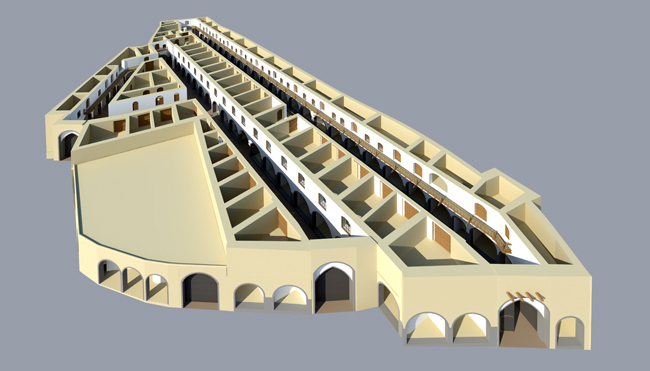
Some of these ephemeral structures were replaced in the second half of the 19th century by two brickwork and lockable market buildings with vaulted passages; these so-called Qaisariya buildings are among the few surviving edifices of the Ottoman period in the lower town of Erbil. Today the Qaisariyas are in serious disrepair owning to external influences. A team from the DAI’s Head Office in cooperation with the TU Berlin therefore carried out extensive structural analysis, photographic documentation, surveys of users and contemporary witnesses, and archival research in 2010–2013, with the aim of producing a conservation plan for the whole complex. Data on the buildings’ original appearance, gathered using various methods, has been brought together in digital 3D reconstruction models.
In autumn 2012, one shop was restored from the floor to the vault for illustrative purposes.
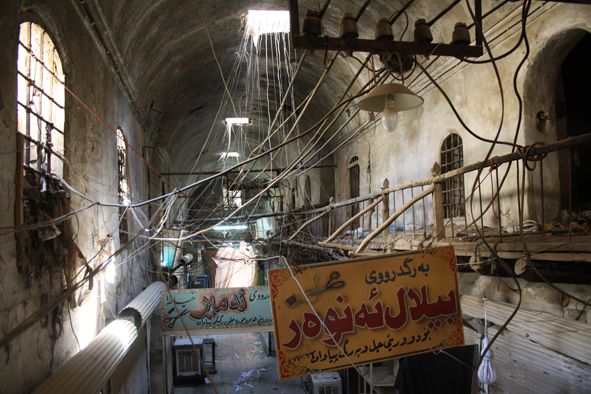
The Eastern Qaisariya: vaulted shop passage with disused upper storey (Photo: Dietmar Kurapkat, EQO_DK 2012_IMG_2950, DAI/TU Berlin) 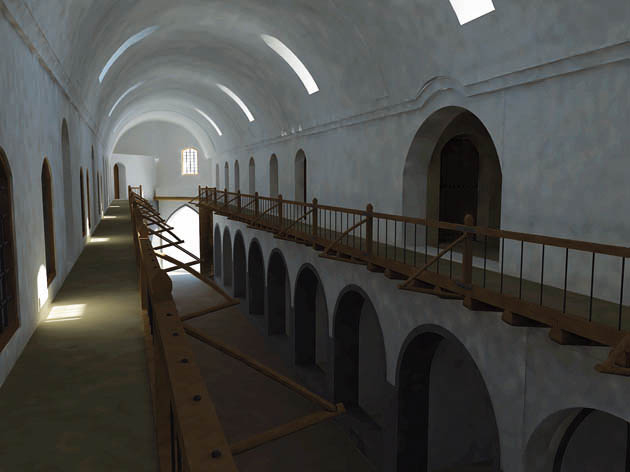
A virtual 3D working model of the Eastern Qaisariya reconstructs its original condition (Model: Claas von Bargen, DAI/TU Berlin) 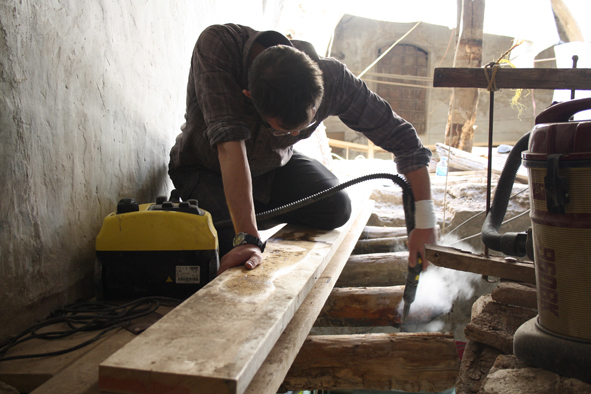
Restoration work on a vertical section in the Eastern Qaisariya (Photo: Dietmar Kurapkat, EQO_DK 2012_IMG_3109, DAI/TU Berlin) 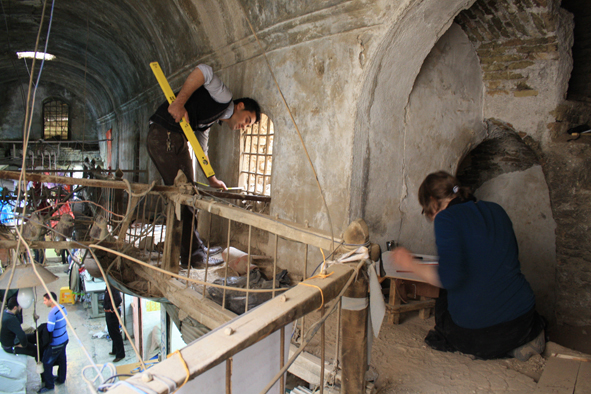
Structural documentation and damage mapping on the upper storey of the Eastern Qaisariya (Photo: Dietmar Kurapkat, EQO_DK 2012_IMG_2076, DAI/TU Berlin) 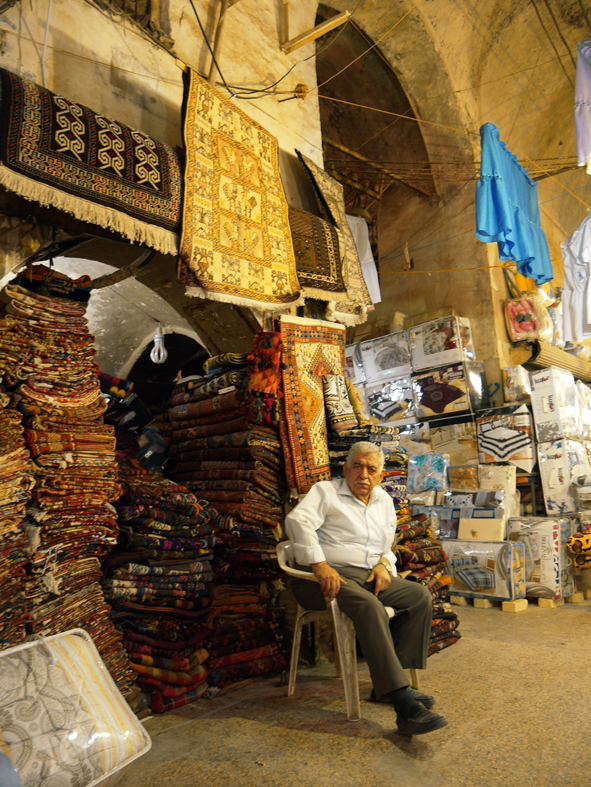
Carpet shop in the Western Qaisariya (Photo: Dietmar Kurapkat, EQW_DK 2013_FZ273832, DAI/TU Berlin)